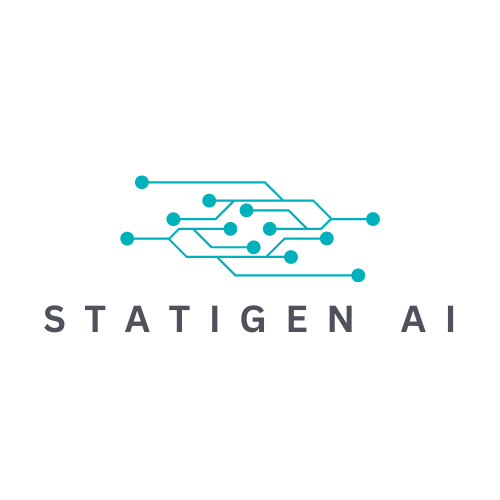Transforming Retail Operations Through Advanced Data Solutions
A garment modeling software supplier in the retail market, encountered significant challenges related to data integration, discrepancies, inconsistencies, and visualization across various systems. This case study discusses the specific issues the client faced and the comprehensive solutions provided by STATIGEN, which significantly improved their operations
Challenge 1: Integration and Firmware Development of Optimal 3-D Sensor Technology
The client aimed to incorporate the most suitable 3-D sensor technology for precise human and garment modeling. This challenge demanded a solution that balanced accuracy, data resolution, and cost-effectiveness.
Solution: After an extensive market analysis, STATIGEN recommended a readily available 3-D camera, produced by Microsoft for gaming applications. This device offered a competitively priced solution that achieved the desired accuracy and data resolution. To enhance the functionality of the selected sensor, STATIGEN developed innovative algorithmic subsystems that were managed via proprietary firmware. This efficient data storage and retrieval solution, combined with the optimal sensor selection, provided the client with a scalable hardware platform upon which they could develop their customer-centric application. The firmware's development and integration empowered the sensor to perform at its best, aligning with the client’s needs and enabling the creation of an accurate and user-friendly 3-D modeling system.
Challenge 3: Delayed Data Sharing Across Systems
The client faced difficulties with the timely sharing of data between home-grown and third-party systems, leading to delays in insights and decision-making.
Solution: Recognizing the need for immediate data sharing across different systems, STATIGEN strategically utilized Google Cloud Platform's Dataflow service, a serverless, fully-managed data processing solution. By designing a pipeline that dynamically ingested, processed, and distributed data in real-time, we effectively facilitated communication between client's home-grown and third-party systems. To enhance this solution, we integrated streaming analytics and windowing functions that processed data based on specific temporal characteristics, enabling more refined real-time insights. This sophisticated real-time data pipeline not only led to quicker decision-making but also allowed for timely detection of anomalies and streamlined system adjustments.
Challenge 6: Recommender System for Guiding Customer Decisions
The client wanted to customize the splash screens for individual customers, based on customer segmentation and buying patterns.
Solution: STATIGEN built a real time recommendation system around Redis, Apache SOLR and Random Forests algorithms. The solution mined on thousands of customer records to display potential buy options when a customer logged in. The solution was cloud based and worked with minimal lag introduced in customer experience.
STATIGEN’s solutions led to significant improvements in client's data handling and operational strategy. The data solutions were tailored to meet the customer’s needs, leading to a transformation in their data practices, increased operational efficiency, and a real understanding of the potential of data-driven decision-making in retail operations.
Challenge 2: Manual and Inefficient Deployment Processes
Clients’s deployment processes were manual and error-prone, leading to operational inefficiencies.
Solution: To streamline client's manual and inefficient deployment processes, STATIGEN embraced the principles of DevOps. We implemented a set of automated Extract, Transform, Load (ETL) pipelines that efficiently aggregated, transformed, and loaded data from various sources into the centralized data warehouse. Alongside this, we incorporated Continuous Integration/Continuous Deployment (CI/CD) pipelines, utilizing tools such as Jenkins and Spinnaker. This setup enabled automated testing, building, and deployment of application changes, ensuring seamless transitions across different stages of the development lifecycle. These changes significantly reduced manual intervention, minimized the scope for human errors, and increased the speed and reliability of deployments, ultimately leading to a surge in operational efficiency.
Challenge 4: Data Accuracy and System Reliability Issues
The company’s data was prone to errors, and their system reliability was inconsistent, leading to decreased trust in the data and the systems.
Solution: STATIGEN introduced an advanced error handling and monitoring strategy into client's data engineering solutions. This involved developing custom validation rules and data profiling techniques to identify and resolve data quality issues at an early stage. We also employed real-time alerting systems and cloud-native monitoring services, enabling proactive detection and resolution of any operational anomalies. To ensure robustness, we applied machine learning algorithms for anomaly detection, identifying and alerting of any unusual patterns in the system behavior. These measures significantly enhanced the data accuracy and system reliability, boosting user trust in the system's output.

